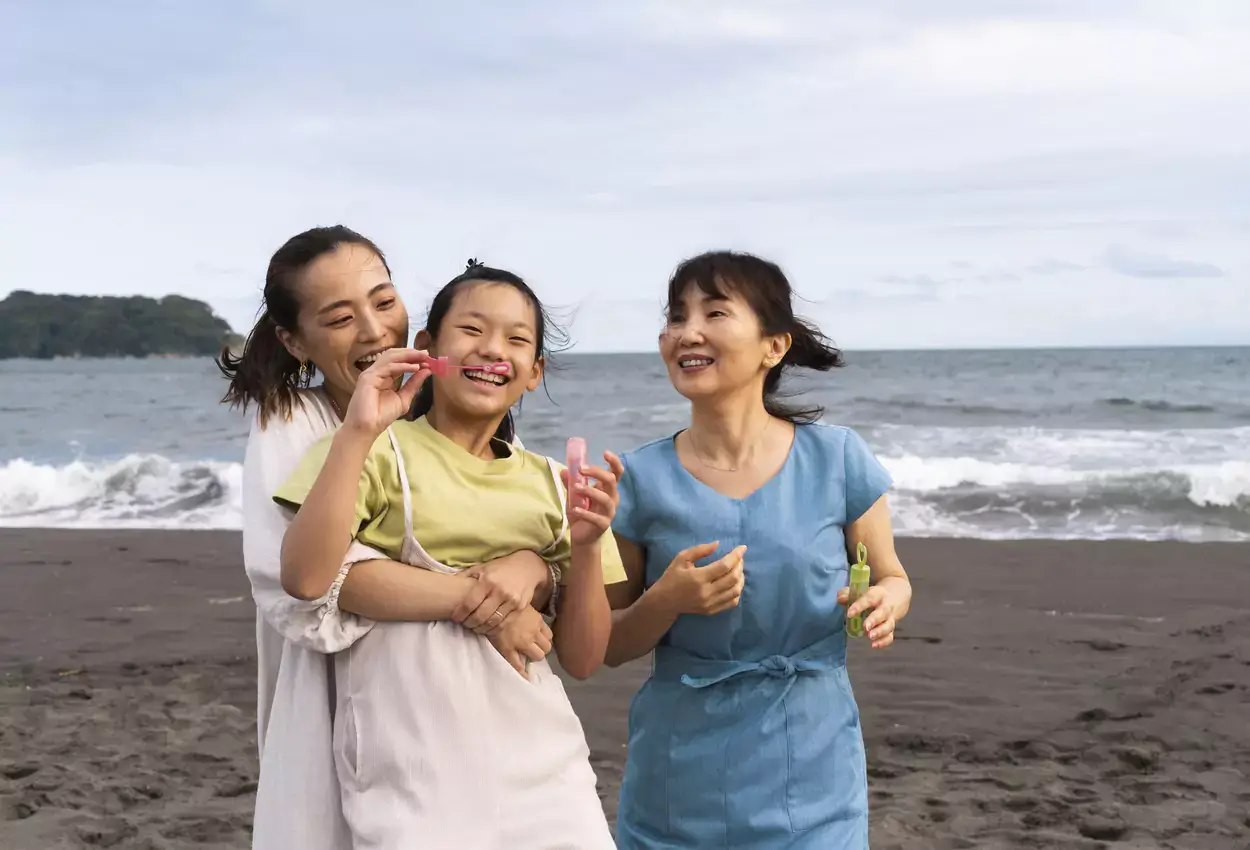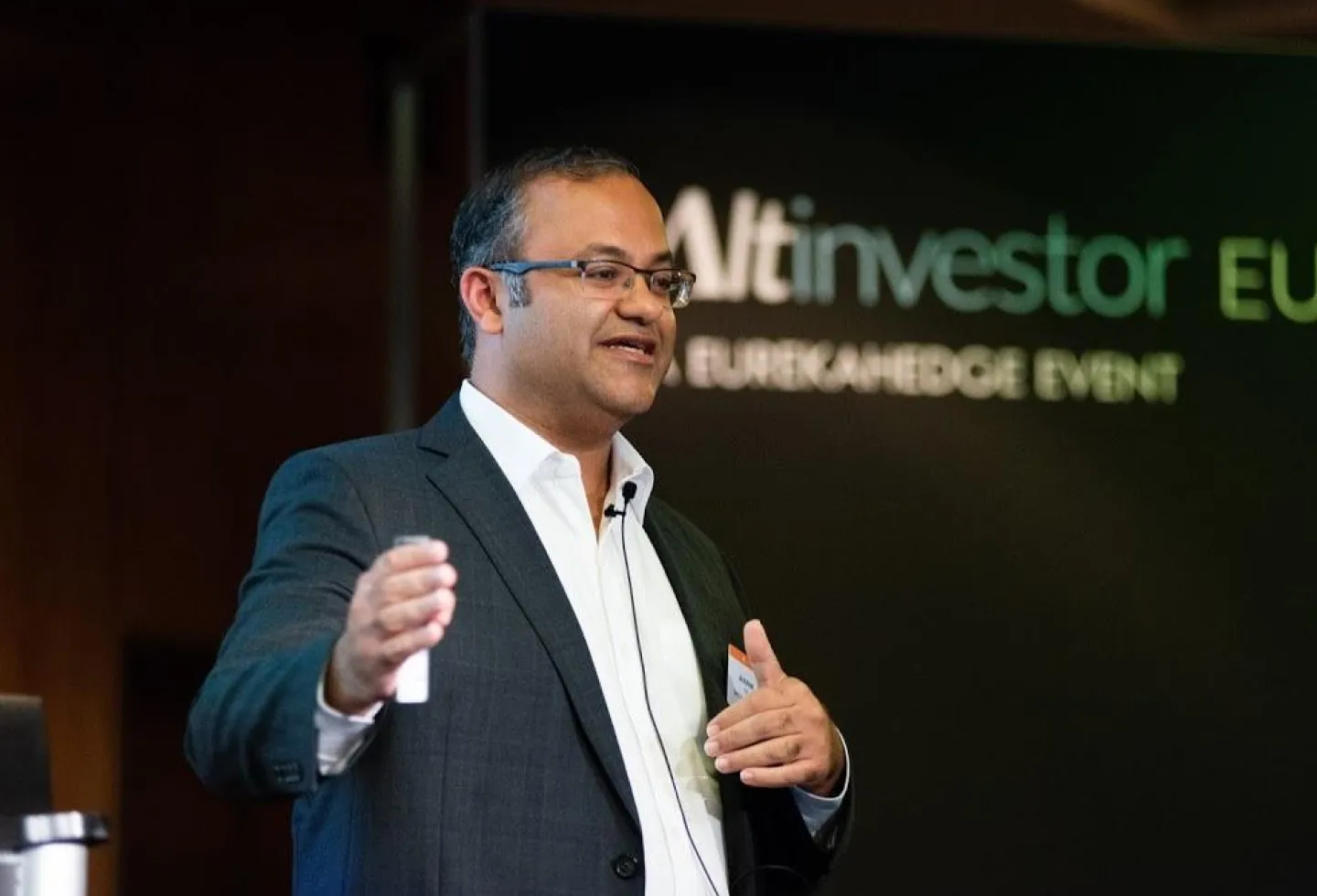In Fiji, the phrase “health for all” is more than a policy aspiration—it is a moral imperative. With over 300 islands spread across vast ocean territory, ensuring equitable access to primary healthcare is among the nation’s most pressing challenges. While urban centers like Suva and Nadi benefit from specialist hospitals and modern facilities, many rural and maritime communities struggle with basic health access, burdened by distance, under-resourced clinics, and a shortage of medical staff.
To close this gap, Fiji must rethink how healthcare is delivered at the most foundational level: the primary healthcare system. If done right, a reimagined primary care model can ensure that every citizen—regardless of geography, income, or background—has access to essential, timely, and quality care.
Where Inequity Begins
The inequity in Fiji’s healthcare system is not new. It starts with geography. Many Fijians live on outer islands or in remote highland villages, far from hospitals and specialist centers. Primary health facilities in these areas often consist of small nursing stations or health centers with limited services, supplies, and staff. Some clinics lack electricity or clean water, making even routine care a challenge.
Health workforce distribution remains uneven, with rural and maritime areas facing chronic shortages of doctors, midwives, and trained nurses. Meanwhile, urban areas attract more professionals due to better infrastructure, career progression, and family opportunities.
But the disparity isn’t only geographic. Non-communicable diseases (NCDs) like diabetes and cardiovascular conditions are rampant, with 80% of deaths in Fiji linked to NCDs. Many of these could be prevented or managed more effectively through strong, accessible primary care—but only if the system is designed to detect and treat them early.
The Case for a Stronger Primary Care Model
A well-functioning primary healthcare system is the backbone of a healthy society. It should be the first point of contact, capable of addressing most health needs—from immunizations and maternal care to chronic disease management and health education. It also plays a vital role in reducing the burden on secondary and tertiary hospitals by catching issues before they become critical.
For Fiji, strengthening primary care is not only about expanding services but also about reshaping the way those services are delivered. The current model, often focused on episodic treatment, must shift toward continuous, people-centered care that emphasizes prevention, early intervention, and community engagement.
Community-Centered Solutions
One of the most powerful tools for redesigning Fiji’s primary healthcare is already embedded in its culture: community. Village health workers, traditional leaders, and church networks have long supported health promotion and disease prevention. The government’s work to involve community health workers (CHWs)—trained locals who assist in health monitoring and education—is a promising step.
By equipping CHWs with better training, mobile diagnostic tools, and digital support, Fiji can create a network of frontline caregivers who extend the reach of the formal health system. These workers can track blood pressure, provide medication reminders, support pregnant women, and flag complications early—all without patients needing to travel.
Moreover, involving communities in healthcare planning ensures that services reflect local realities and priorities. A health system that listens is one that people are more likely to trust and use.
Technology and Access
Digital health, though still in early stages in Fiji, offers a crucial lifeline in expanding primary care. Electronic medical records (EMRs) can help track patient histories, while mobile apps can support disease surveillance, medication adherence, and appointment reminders.
Telemedicine—used appropriately—can link rural clinics with specialists in urban centers, allowing for remote consultations and timely interventions. Pilots in this area have already shown potential, and scaling such innovations could dramatically improve outcomes for hard-to-reach populations.
However, technology must not replace human contact but enhance it. Any digital approach must be inclusive, culturally sensitive, and accessible to low-literacy or low-connectivity areas.
Addressing Workforce Challenges
No health system can function without its people. The health workforce crisis in Fiji—marked by the migration of nurses and midwives, especially in 2023 and 2024—has left many rural communities underserved. Any redesign of primary care must address the reasons behind these departures: low pay, burnout, isolation, and limited professional growth.
Incentive programs, rural allowances, housing, and education opportunities for families can help attract and retain staff in remote areas. Training programs rooted in local communities can also produce professionals who are more likely to stay and serve in their regions. Building a health workforce that is representative and well-supported is central to achieving equity.
Policy and Political Will
Fiji’s National Health Strategic Plan outlines commitments to Universal Health Coverage (UHC), prevention-first approaches, and health system strengthening. These commitments must now translate into sustained funding, robust governance, and transparent evaluation.
Health equity must not be seen as a project—it must be embedded in every level of health policy and budgeting. Equity is achieved not when everyone gets the same, but when everyone gets what they need to thrive.
Looking Ahead
Redesigning Fiji’s primary healthcare system is not just a logistical task—it’s a transformational one. It requires a shift from reactive to proactive care, from centralization to community empowerment, and from short-term fixes to long-term vision.
A truly equitable system will recognize the diversity of Fiji’s islands and people, while uniting them in the shared right to health. By strengthening its primary care foundation, Fiji can move closer to a future where no one is too far, too poor, or too overlooked to receive care.
Health for all is not a distant dream. It begins now, at the first point of contact—in the villages, the clinics, the conversations, and the choices we make to bring healthcare home.



